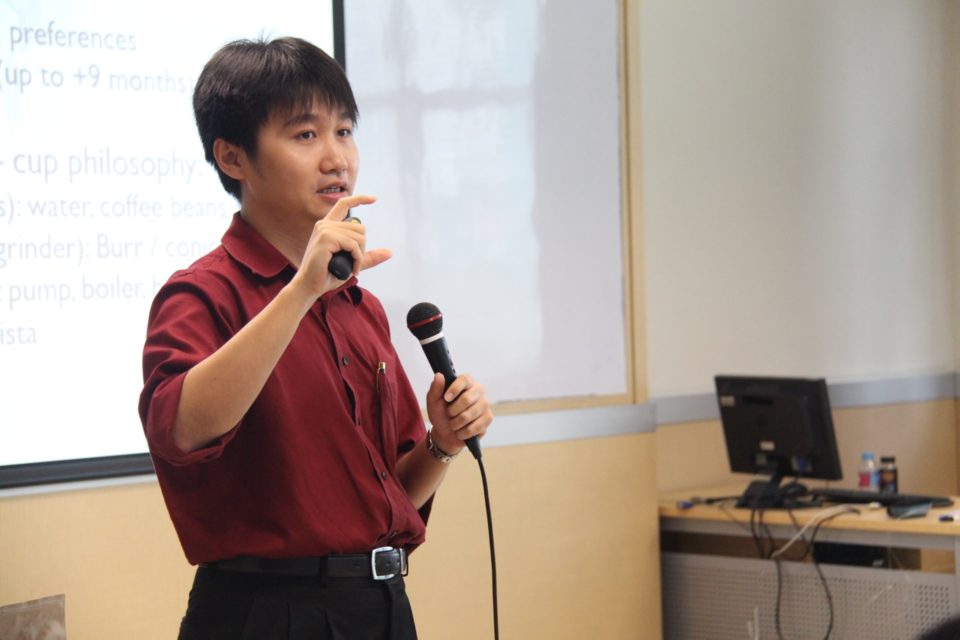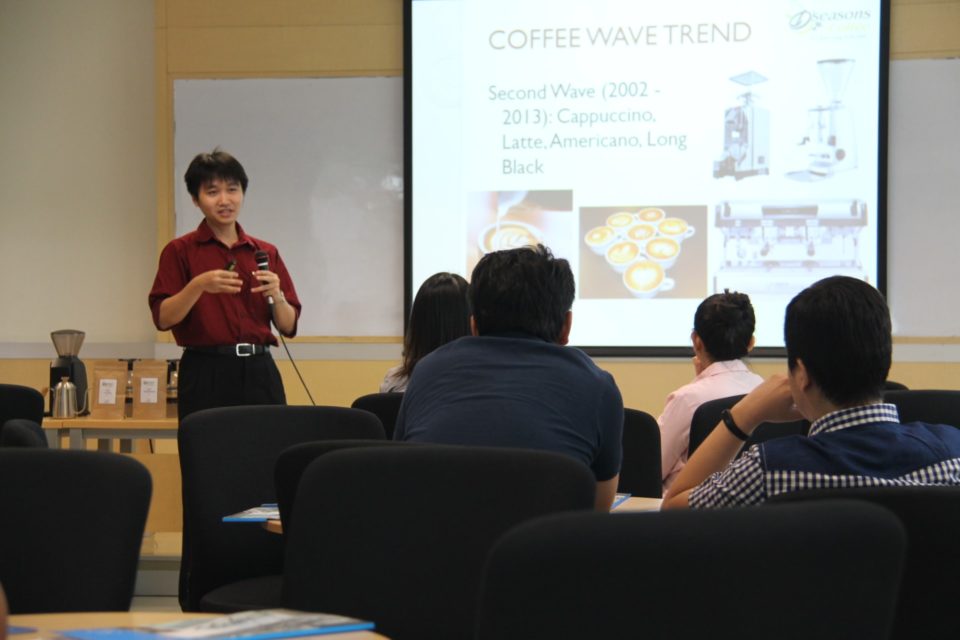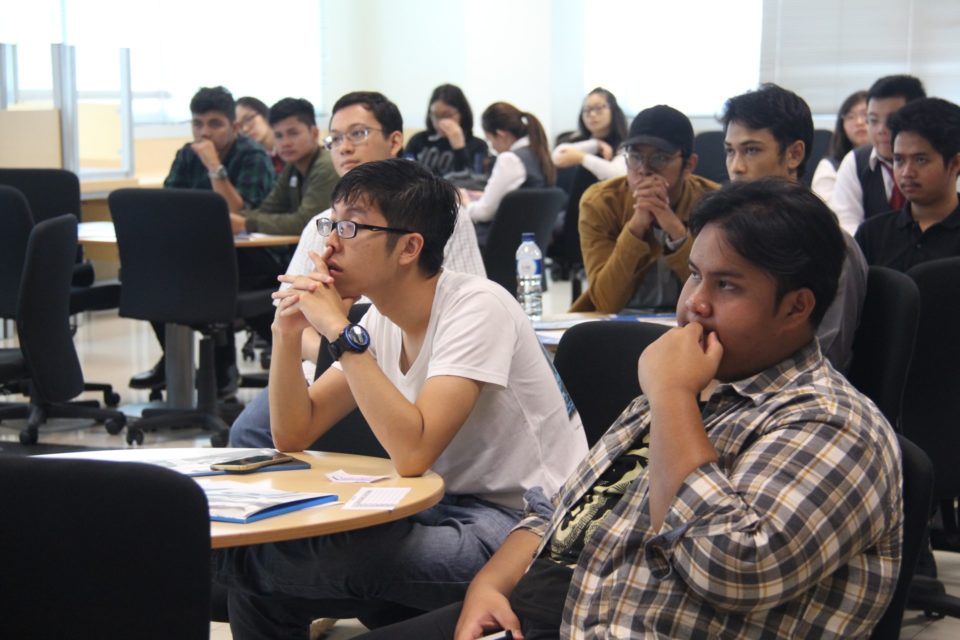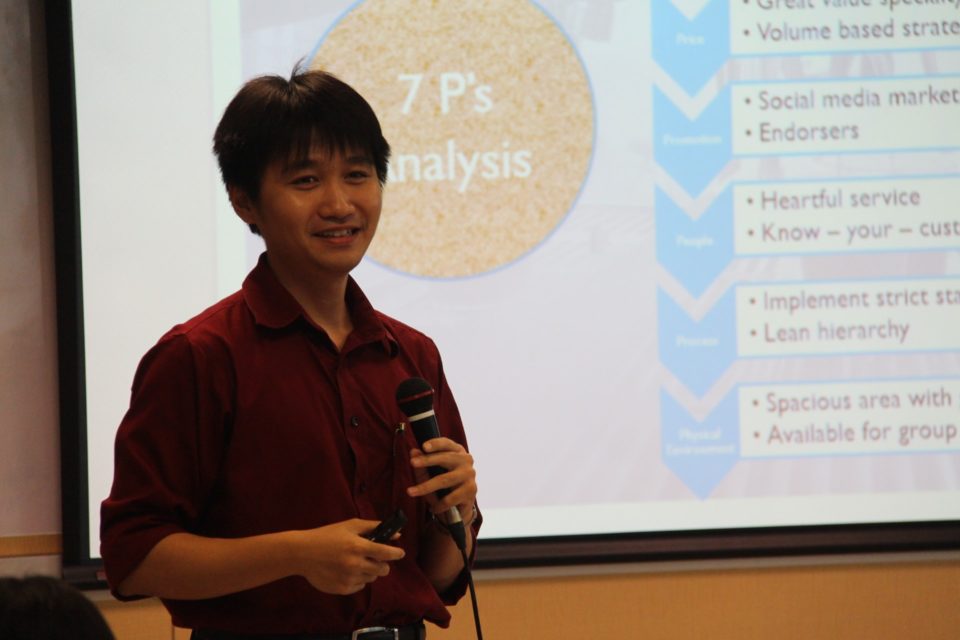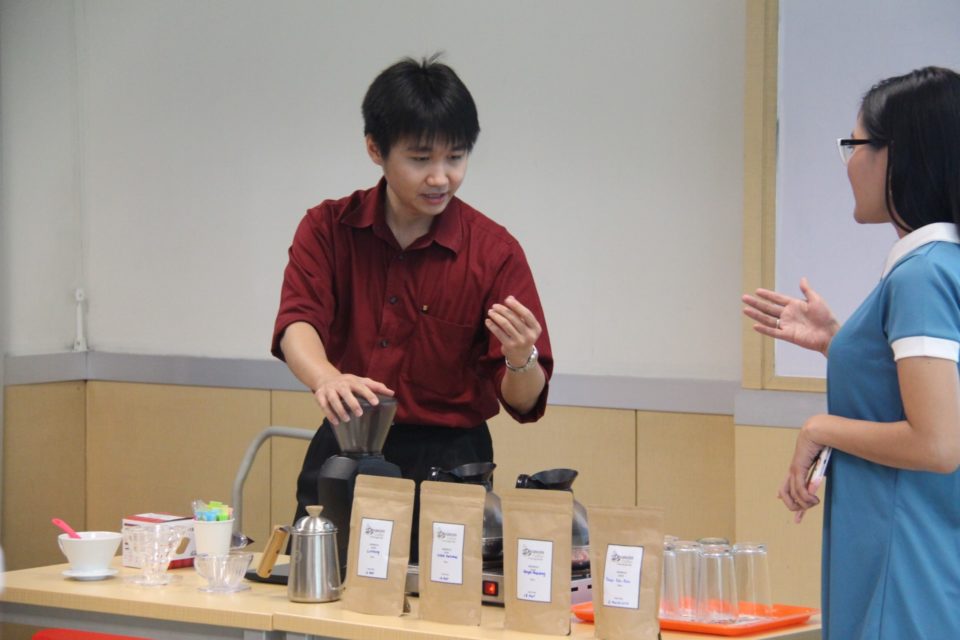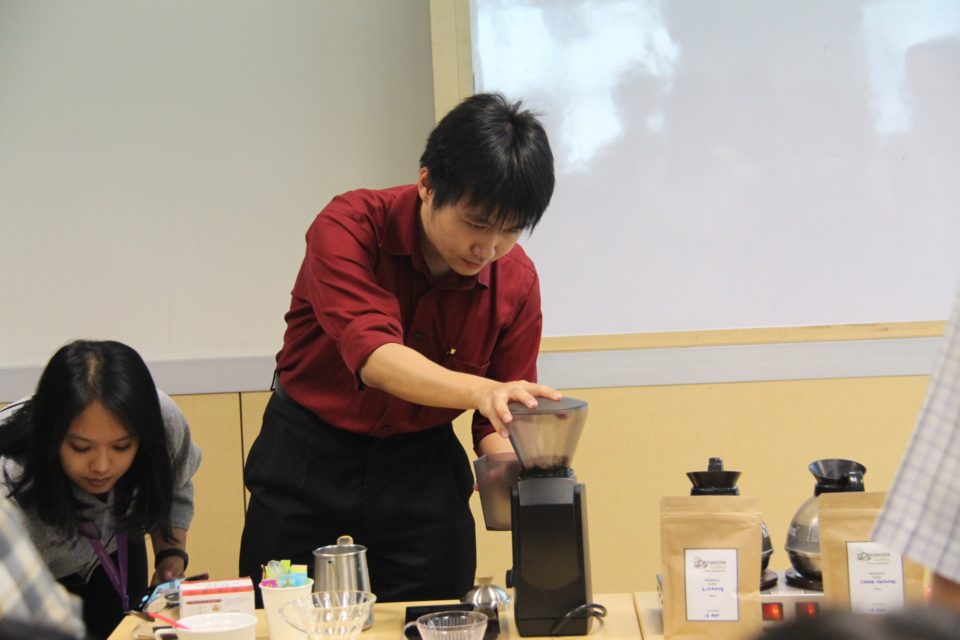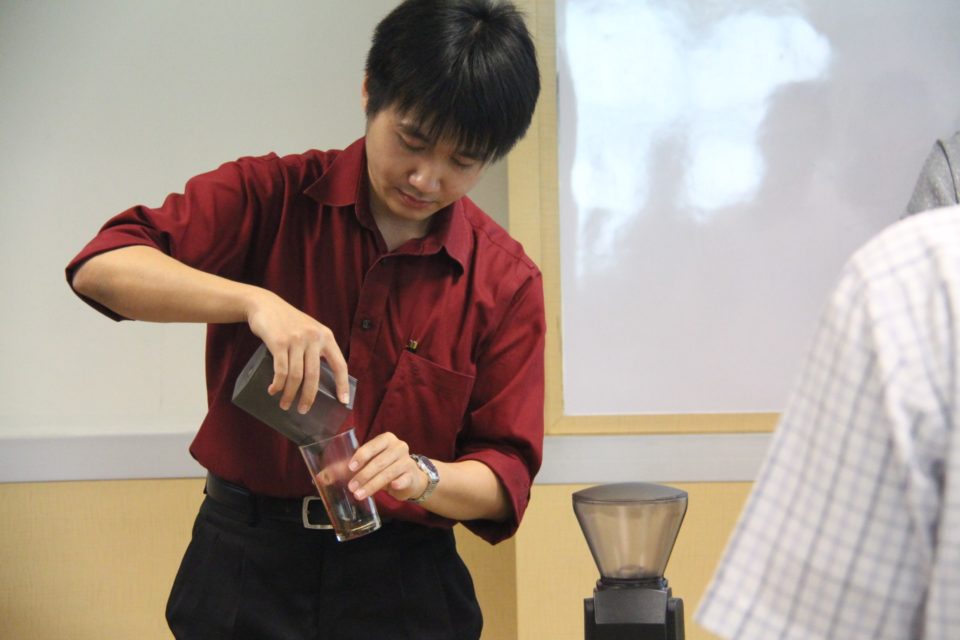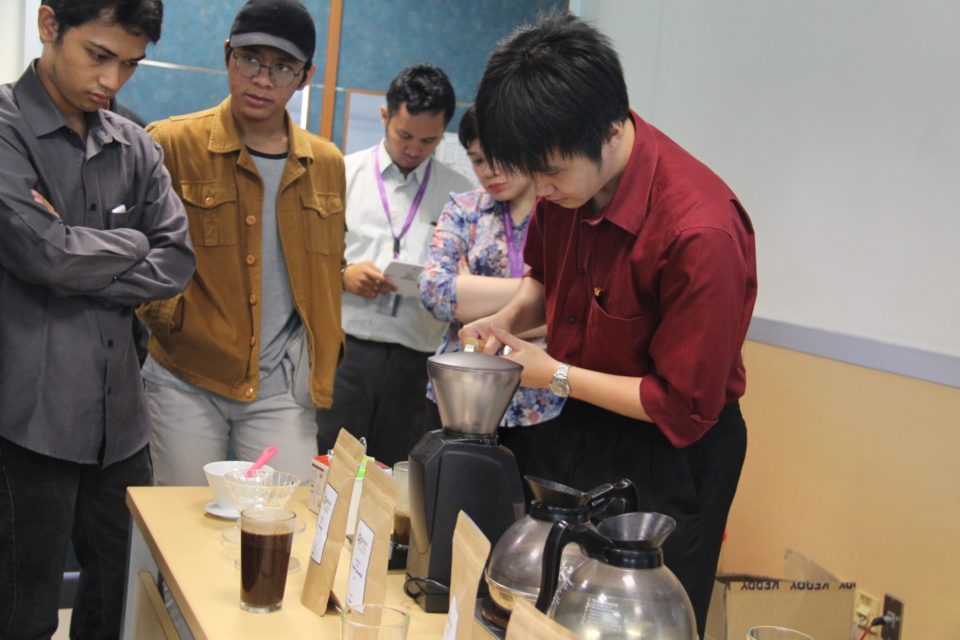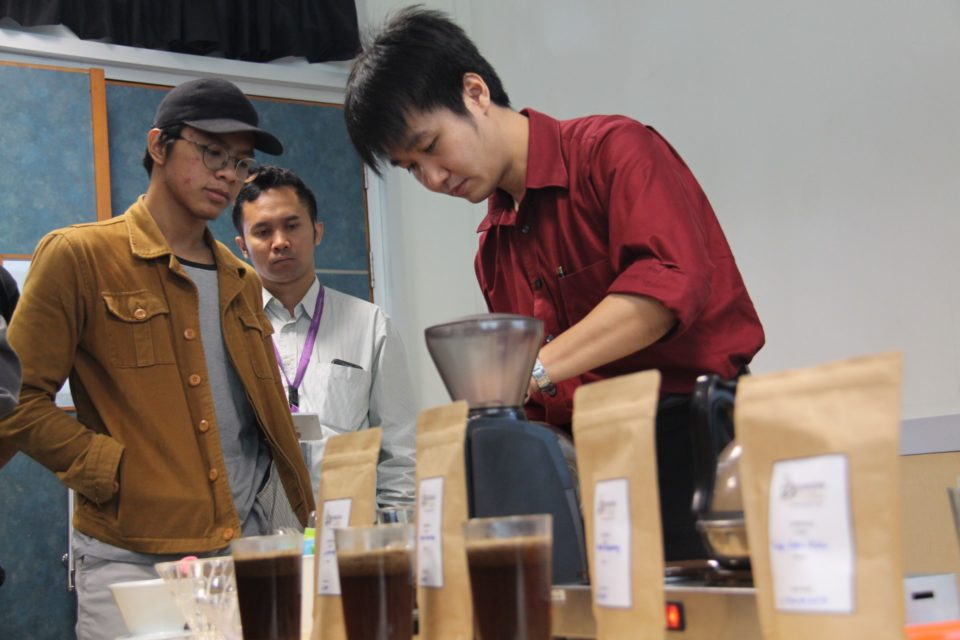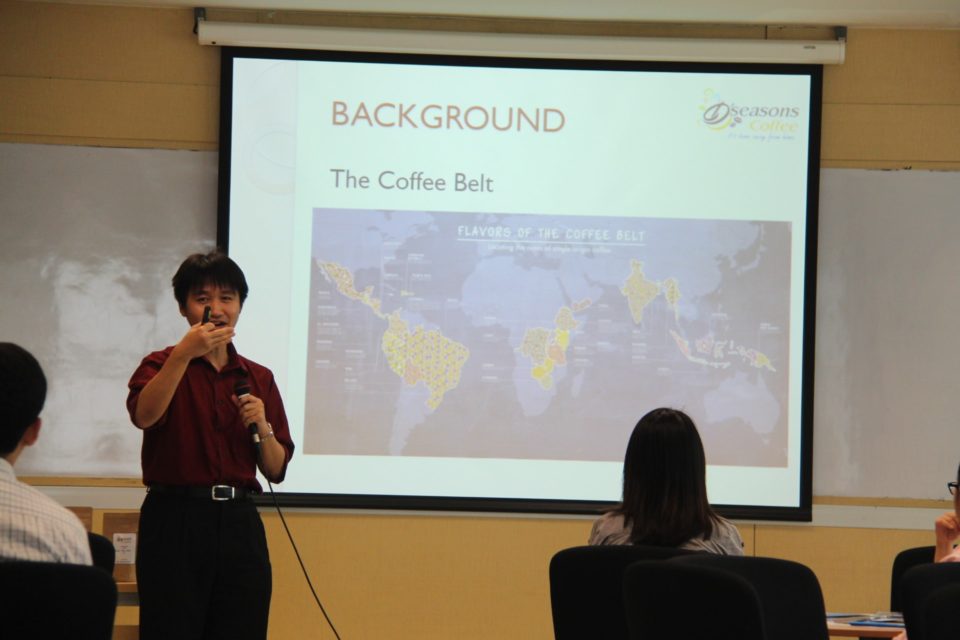Promoting the Third Wave Coffee Trend à la D’Seasons Coffee
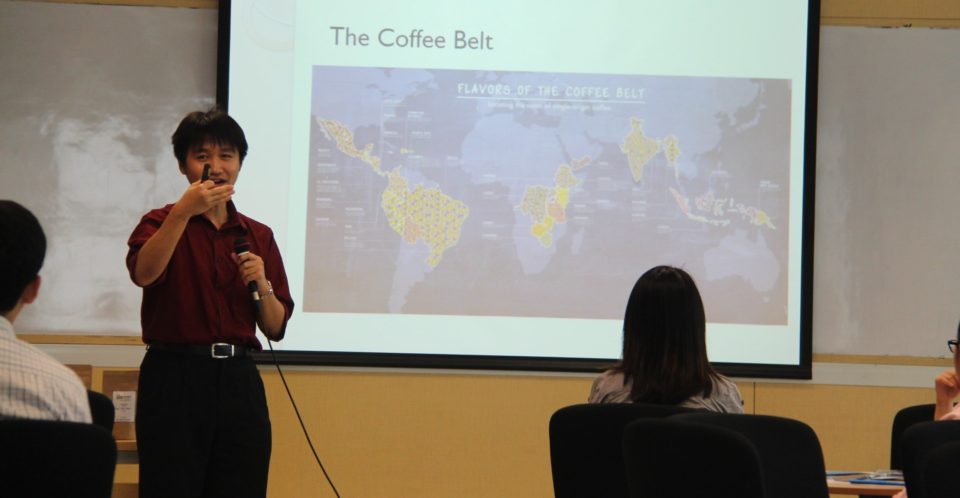
Located in the “Coffee Belt”, an area around the Equator which is consisted of countries that produces coffee, Indonesia is famous with various coffees it produces. In fact, Indonesia is the fourth largest coffee producer in the world with around 600,000 tons coffee produced (or 6.6% of global production).
Indonesia produced a lot of coffee variants from all over the archipelago – Gayo Lues, Bener Meriah, and Lawe Sigalagala from Aceh; Pangaribuan, Balige, Simanindo, Lintong ni Huta, and Dolok Sanggul from North Sumatera, Kebandungan, Ciamis, and Rancakalong from West Java; Tana Toraja, Gowa, Enrekang, and Kelara Galiat from South Sulawesi; Bangli, Tabanan, Gianyar, and Dawan from Bali; Jaya Wijaya, Puncak Jaya, Paniai, Tolikara, and Fawi from Papua; and many more. “Indonesia has the most coffee variants and taste in the world,” said Ralph William, the General Manager of D’Seasons Coffee, in “How to Start a Coffee Shop Business with D’Seasons Coffee” workshop that was held on Wednesday, April 26th, 2017, at BINUS JWC Campus, Senayan.
However, he continued, coffee consumption per capita in Indonesia is still considered low. Indonesia is ranked 70 with 0.041 cups per day, far behind Netherland (2.414 cups per day), Finland (1.848 cups per day), and Sweden (1.357 cups per day). The ratio of the amount of coffee produced, coffee variants, and coffee consumption actually is an opportunity for domestic market in Indonesia.
According to Ralph, who is also an alumnus of Master Program BINUS BUSINESS SCHOOL, there are three coffee wave trends in Indonesia. The first wave was from colonial era to early 2000 with the trend of kopi tubruk and kopi O. The second wave, the era of cappuccino, latte, Americano, and long black, was started from 2002 to 2013. Meanwhile, the third wave, which D’Seasons Coffee is focused on, was started from 2012 until now with the trend of manual brew and specialty coffee.
Ralph said that the third wave of coffee trends enables each coffee shop to be different one another. The coffee blend from one coffee shop can be different from the others, and that’s what makes one special and unique. Even a slight difference in dose and composition will produce different results.
However, a coffee shop can’t rely on its specialty coffee only. D’Seasons Coffee established its own unique selling points (USP) that distinguishes itself with other coffee shops – creates its own blend, implements strict standard with passion, knows the customer, continuous improvement, and thorough feasibility study.
According to Ralph, there are three types of coffee shop customers – customers who prefer bitter coffee, customers who prefer sour coffee, and customers who look for ambiance. A coffee shop can only choose one type of customer according to their taste preference, bitter or sour. The coffee shop has to be consistent with its bitter or sour blend because the blend’s characteristic will become the identity of the coffee shop itself. However, a coffee shop can create seasonal blend that can be regularly replaced as a solution.
Ambiance is also a key factor that must be considered by a coffee shop. The customers, Ralph said, will sense the coffee shop’s ambiance first, and then they will match the ambiance with the taste of the coffee. Even so, he underlined that the coffee blend’s taste still plays the most crucial role. “No matter how good the ambiance and how beautiful the latte art, the customers won’t come again if the taste is unpleasant,” Ralph explained.
Another crucial success factor for a coffee shop is continuous improvement. Improvement helps business like coffee shop to stay relevant in the market and competition. Ralph said that D’Seasons Coffee itself always develop its new products, but don’t get rid of the old product because the old ones have their own “fans”.
And since coffee actually is not for everyone, a coffee shop also has to consider the needs of the visitors who dislike coffee. Hence, D’Seasons Coffee also develops its non-coffee products, such as tea and chocolate-based beverages, to fulfill the needs of non-coffee-lover visitors who hang out with their coffee-lover friend or colleague at the coffee shop.
“Initiator does not always win the race. Those with experience, knowledge, network, and strong team will reign,” Ralph closed.
(ERON)

